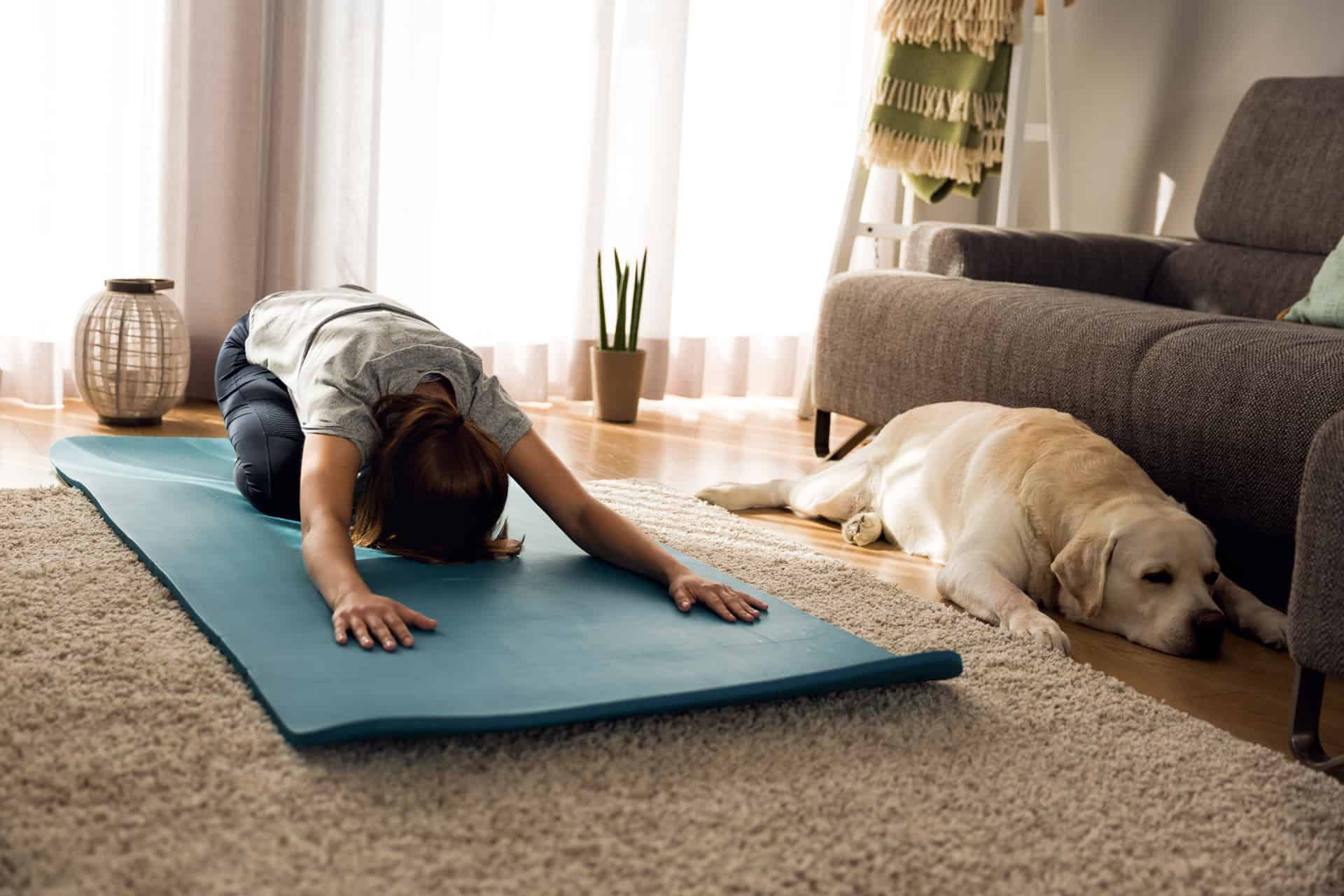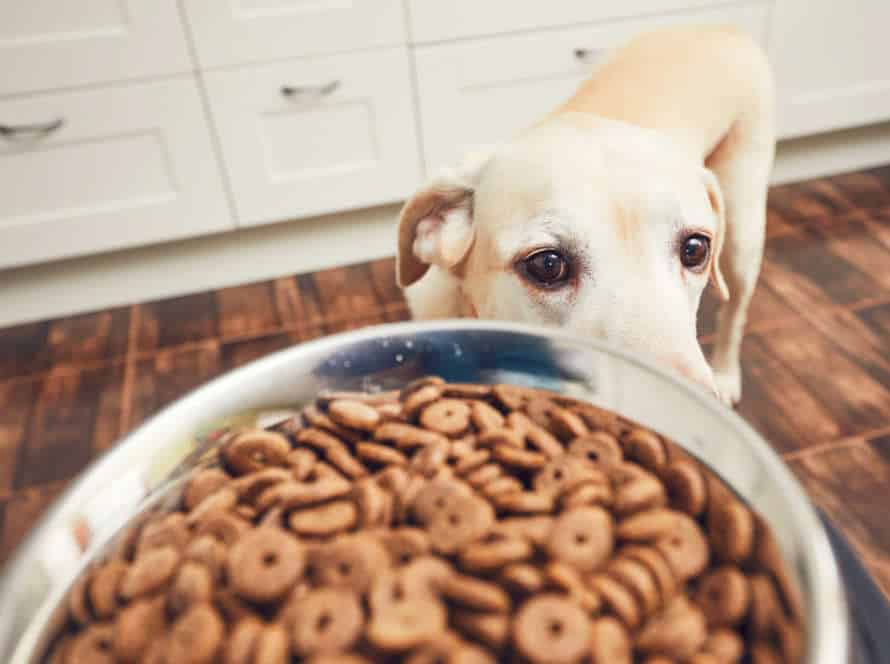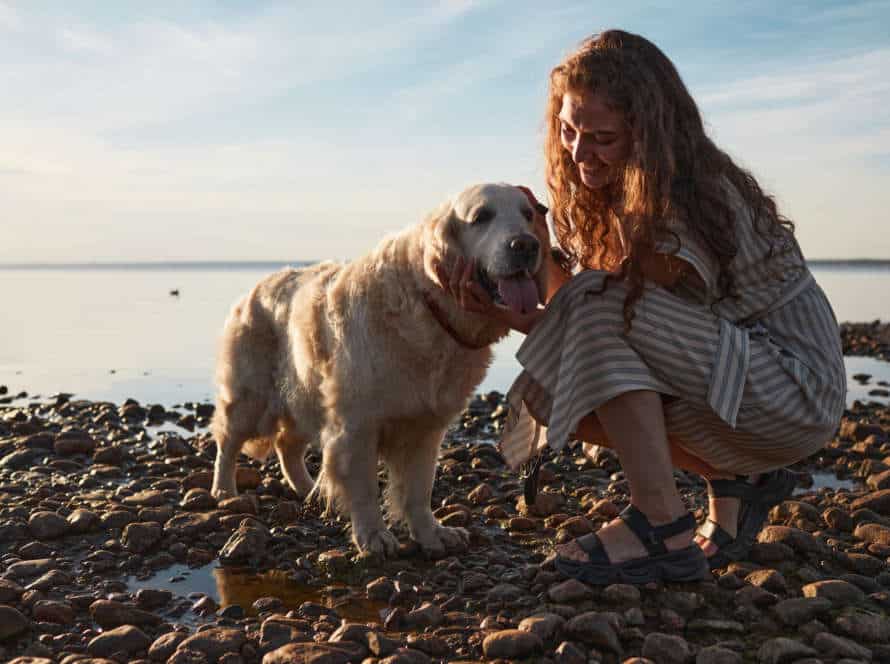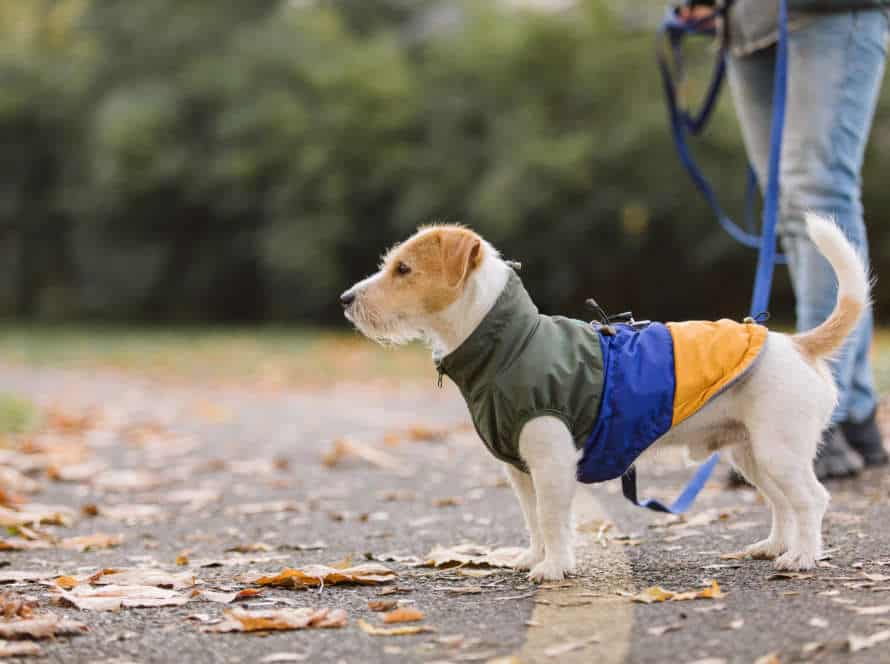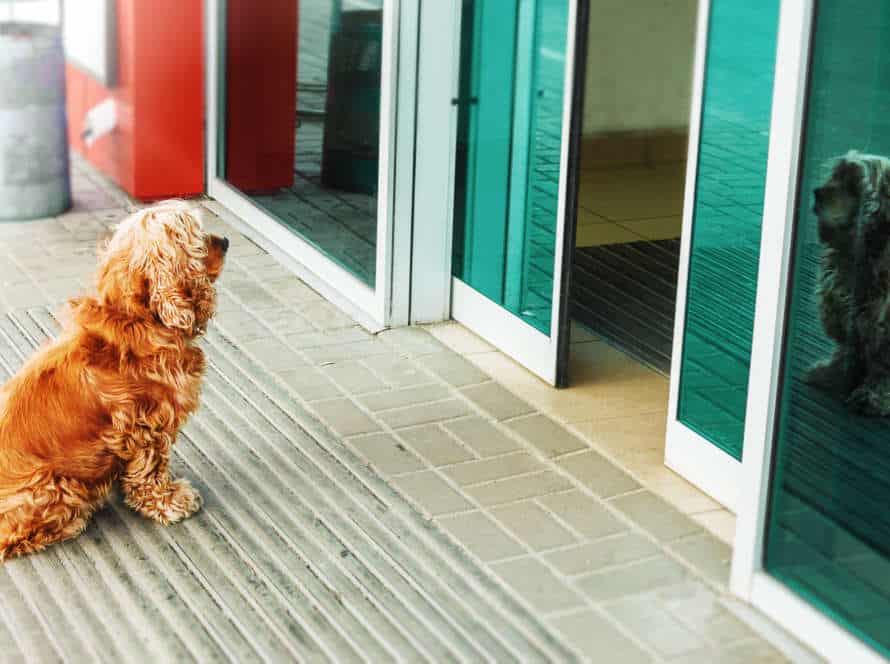Understanding Separation Anxiety
Separation anxiety can show in many ways for both kids and grown-ups. It is an automatic reaction when a person feels weak and lost without the people or places they need help from. To diminish the effects of it, it’s important to identify its causes and signs.
Let’s look at how to make healthy habits and alleviate separation anxiety.
Identify signs of separation anxiety in your pet
Separation anxiety in pets is common. It happens when you leave them alone. Signs of it are: excessive barking, howling, chewing doors, destroying furniture, panting, pacing and drooling. To help, create a routine with regular exercise and meal times. Gradually leave them alone more so they get used to it. Give them toys and treats for distraction. Speak to a vet for more tips on reducing anxiety. Patience helps your pet adjust.
Know the triggers that cause your pet’s anxiety
It’s key to know the triggers that give your pet anxiety. Common triggers include loud noises, being alone for a long time, new places, and unfamiliar people/pets. To reduce anxiety, have healthy routines. Here are some tips:
- Start small – leave your pet alone for short periods, then gradually increase the time.
- Give them a safe place like a crate or comfy room with toys.
- Exercise and mentally stimulate them.
- Reward good behavior with positive reinforcement.
- If the anxiety continues, get professional help.
By understanding triggers and having healthy routines, pet owners can stop separation anxiety and keep their furry friends happy.
Understand the benefits of establishing a healthy routine
Having a good routine can be great to reduce separation anxiety in pets. Having a plan that’s consistent gives your furry friend a sense of safety and knowing what to expect. Here are some benefits of having a healthy routine:
- Better physical and mental health for your pet.
- Lower levels of stress and worry in your pet.
- Feeling secure and comfortable, helping them feel secure without being anxious.
To have a good routine, make sure you give your pet enough activity, play, have a feeding plan and groom them regularly. Doing these things as part of a daily routine can keep your pet active, entertained and relaxed when you are away.
Pro-tip: Keeping the same routine will help your pet stay calm and give you peace of mind as a pet owner.
Building a Healthy Routine for Your Pet
To reduce the effects of separation anxiety for your pet, build healthy routines! Consistency provides pets with security and reassurance, just like humans.
Create a routine with regular activities and tasks. This helps ease their loneliness when you’re away. Let’s explore how to make a healthy routine for your pet.
Start with a consistent feeding schedule
Establishing a routine is essential for your pet’s health! Pick a schedule that works for both of you, and stick to it. Feed them in the same spot every day. Don’t overfeed or underfeed them. Make sure there’s always fresh water. Use meal times for bonding and training. This will help lessen the separation anxiety when you’re away. Pro tip: Use positive reinforcement to reward your pet’s good behaviour!
Create daily exercise routines
Creating daily exercise routines for your pet is essential for establishing healthy habits that minimize separation anxiety. Exercise is key for your pet’s overall health, and daily exercise can improve their physical and mental health. Here’s some advice to help:
- Talk to your vet to find the best exercise routine for your pet’s age, breed and health.
- Mix it up with activities like walking, running, swimming and playtime.
- Have a routine and stick to it – don’t forget the weekends!
- Make it fun with toys, treats and games.
- Monitor your pet’s behaviour during and after exercise to make any necessary adjustments.
Establishing daily exercise routines that work for you and your pet can reduce the risk of separation anxiety.
Establish a regular playtime schedule
Creating a regular play schedule is key for building a healthy routine for your animal and minimising separation nervousness. Here’s some advice that can help:
- Figure out the length and frequency of playtime that fits your pet’s age, breed, and energy level.
- Remain consistent with the schedule and set alarms to make sure you don’t miss any playtime sessions.
- Choose toys and activities that relate to your pet’s likes and abilities.
- Make playtime fun, engaging, and mentally stimulating for your pet.
- Don’t end playtime abruptly and change the activities to keep your pet interested and amused.
Pro tip: A steady and healthy routine can help your pet feel more secure and decrease anxiety when you are away from home. So, form a routine and try to stick to it as much as you can!
Introducing Calming Techniques for Anxiety
Anxiety is a natural emotion, which can be tough to manage, mainly for children. When away from parents or guardians, it gets even harder. To provide children with the security they need, creating healthy routines and calming techniques is key. Let’s look at these calming techniques to reduce anxiety.
Teach your pet positive association techniques
When it comes to separation anxiety in pets, positive association techniques are a great and kind way to help. Here’s how to teach these techniques:
- Establish healthy routines like feeding, potty breaks and playtime.
- Introduce activities that have a positive outcome like treats, praise and cuddles.
- Practice leaving pet alone for short periods and then gradually increase the time away.
- Reward pet with treats, toys and extra attention when you return.
- Repeat, gradually building up pet’s tolerance.
In addition, consider calming techniques like a safe and comfy space, soothing music or TV on, pheromone sprays/diffusers and professional help if needed.
Pro Tip: Patience and consistency are key! Always reward progress and never punish anxious behaviour.
Integration and desensitization techniques
Integration and desensitization can be used to introduce calming practices and develop a steady routine. This helps to alleviate separation anxiety.
Integration involves introducing calming tactics, such as deep breathing and meditation, slowly. Start with quick practice sessions and slowly extend the duration. This allows the individual to become more familiar with the techniques and add them to their daily life.
Desensitization includes gradually exposing the person to situations that cause anxiety, starting with slight triggers and progress to stronger ones. This allows the individual to build up resistance to triggers.
Establishing a healthy routine, like regular exercise, healthy eating, and consistent sleep times, can also help to reduce separation anxiety. This promotes overall physical and mental health.
By using these techniques, individuals can learn to handle their anxiety and live a more balanced and healthier life.
Introducing the concept of crate training
Crate training is great for giving your pup a sense of security and a place to escape if they’re anxious or overwhelmed. Here are some tips to help:
- Place the crate in a quiet, easy-to-access part of your home.
- Offer treats or toys to get your dog interested in the crate.
- Once they’re comfortable, encourage them to stay in there with the door open for short amounts of time.
- Slowly increase time spent inside the crate and close it for brief periods.
Pro tip: Crate training takes time and patience. Don’t force your pup in or use it as punishment. Make it inviting and use positive reinforcement for a positive reaction.
Making Goodbyes Easier
Separation anxiety is challenging for both parents and kids. To make it simpler, establishing good habits is key. With the correct strategies, children can be independent and strong. In this article, we will explain practical ways to make goodbyes easier, and make separation anxiety a thing of the past!
Techniques to ease your pet’s anxiety during your departure
It can be difficult for pets when their owners are away. But, there are certain things that can help ease their distress.
- Firstly, it is important to make a consistent routine. Pets love predictability and this will help them feel secure.
- Next, give them a safe and cozy place where they can relax and have their favorite toys and blankets.
- Before going, give them extra love and exercise. This will help them feel more comfortable when you’re not around.
- Plus, consider using pheromone diffusers or calming treats with natural ingredients. This will help to reduce their anxiety.
Remember, your pets need you and these techniques can help create a healthy routine that minimizes their separation anxiety.
Pro Tip: To further ease their stress, play some soft music or keep the TV on to provide a feeling of comfort and friendship.
Preparing your pet while you are gone
Leaving your pet can be tough. But, you can make it easier with some healthy routines. Here’s how:
- Start by setting short absences to train your pet slowly.
- Maintain a regular routine for meals, playtime & sleep.
- Exercise your pet to reduce anxious energy.
- Make a comfy, secure area with known toys & bedding.
- Give treats or toys that your pet associates with positive experiences when you leave.
- Practice calming exercises like massage or deep breathing with your pet, to help them relax.
Pro tip: If your pet is still anxious when you’re gone, talk to a vet for more advice & guidance.
Returning home- What to do when you get back
Returning home after a lengthy absence can be pleasurable, yet stressful. Especially for those who have separation anxiety, pets, and young kids. Here are some tips to make the move back home stress-free:
- Take your time to unpack and organize your things. This will help you feel calmer and more in control of your environment.
- Reunite with your family, pets, and friends. Spend quality time together doing something fun, like watching a movie or going for a nature walk.
- Set up healthy routines to reduce separation anxiety. This is particularly useful for pets and children, who need routine and consistency. Make a schedule for meals, playtime, and sleeping, and stick to it as much as possible.
By following these steps, you can make the return home stress-free and transition back into life easily.
Addressing Separation Anxiety in Dogs
Is your pup feeling down? They may have separation anxiety. This happens when they’re alone. Symptoms include non-stop barking, destroying furniture, and wanting to escape. Don’t worry! Here are some tips to help.
- Establish healthy routines.
- Give them exercise before leaving.
- Make sure they have a safe space to relax in.
- Leave them with an item that smells like you.
- Try not to make a big deal when leaving and coming back.
- Give them a treat when you leave.
How to address and manage anxiety in dogs
Separation anxiety is a common and stressful condition experienced by dogs. Fortunately, there are ways to address it. Here are some tips:
- Create a routine. Walks, meals and playtime should be consistent. This helps reduce anxiety and gives stability.
- Reinforce good behavior. Reward your dog when you leave and when you return. This helps them link your departure and arrival to positive emotions.
- Provide entertainment. Leave interactive toys and puzzles to keep your pet busy while you’re away.
- Speak to a vet. If the anxiety is severe, medication or behavior training may be necessary.
By following these tips, you can help manage your dog’s separation anxiety and keep them healthy and happy.
Medications and Supplements- Natural Ways to Calm Your Pet
Separation anxiety is a problem lots of dog owners know. Meds and supplements can help relax your pup, but healthy routines to reduce it can work too. Here are some tips:
- Have a regular schedule for eating, playing, and sleeping.
- Make a safe space when you’re away.
- Slowly increase the time your pup spends alone, starting with just a few minutes.
- Reinforce good behavior to make your pup feel better when alone.
Doing natural methods and using meds and supplements can make your pet happier and healthier.
When to seek professional help for separation anxiety
Separation anxiety in dogs can be serious and affect their life quality. That’s why it is important to tackle the problem early. There are home remedies that help manage this issue, but if they don’t work, a professional should be consulted.
It’s time to get help when:
-
Home remedies don’t help.
-
The dog has severe signs, like destruction, too much barking, or hurting itself when left alone.
-
You don’t know if the dog has separation anxiety or another medical issue.
A dog trainer, vet, or animal behaviorist can assess the issue and suggest treatment. Bear in mind that dealing with separation anxiety is key to better behavior and life quality for the dog.
Frequently Asked Questions
Q: What is separation anxiety?
A: Separation anxiety is when a person experiences significant distress and anxiety when separated from someone or something they are emotionally attached to, such as a parent, partner or pet.
Q: How can establishing healthy routines help minimize separation anxiety?
A: Establishing healthy routines helps create a sense of predictability and stability, which can help reduce feelings of anxiety and promote a sense of security. When people know what to expect and have a routine in place, they are less likely to feel anxious or overwhelmed when separated from someone or something they are emotionally attached to.
Q: What are some examples of healthy routines that can help with separation anxiety?
A: Examples of healthy routines may include regular exercise, getting enough sleep, eating a balanced diet, practicing relaxation techniques (such as deep breathing), and spending quality time with loved ones. These routines can help promote feelings of calmness, security, and overall well-being.
Q: Can medication be used to treat separation anxiety?
A: In some cases, medication may be used to treat the symptoms of separation anxiety. However, it is important to note that medication should be used in conjunction with therapy, and only under the guidance of a qualified healthcare professional.
Q: What type of therapy can be used to treat separation anxiety?
A: Cognitive-behavioral therapy (CBT) is a common type of therapy used to treat separation anxiety. CBT helps people identify and challenge negative thoughts and beliefs, develop coping skills, and learn to manage their symptoms more effectively.
Q: Can separation anxiety be prevented?
A: While it may not be possible to completely prevent separation anxiety, there are steps that can be taken to minimize the risk of developing this condition. These steps may include promoting healthy attachment early in life, fostering independence and self-esteem, and providing a stable and supportive home environment.

